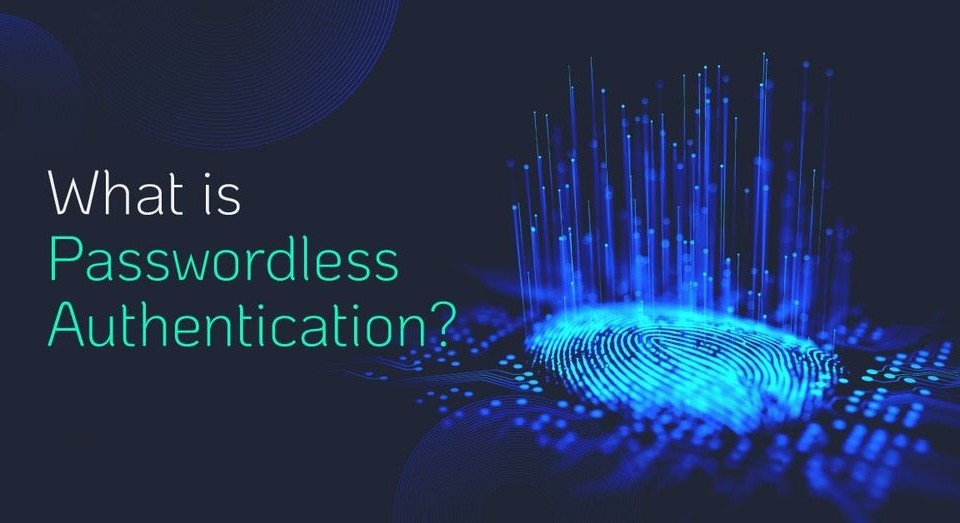Passwordless authentication is an authentication method that allows a user to gain access to an application or IT system without entering a password or answering security questions. It uses other alternative methods to verify the user’s identity.
Passwordless Authentication is often used in conjunction with Multi-Factor Authentication (MFA) and Single Sign-On solutions to improve the user experience, strengthen security, and reduce IT operations expense and complexity.
The several common methods of passwordless authentication are:
- Windows Hello for Business: Ideal for information workers who have their own designated Windows PC. It uses biometric and PIN credentials tied directly to the user’s PC, ensuring access only to the owner.
- Email or SMS-Based Authentication: In this method, a one-time code is sent to the user’s email address or mobile phone via SMS. The user then enters this code to verify their identity.
- Mobile App Authentication: Many passwordless systems rely on mobile apps to authenticate users. Users install an authentication app on their smartphones, and when they attempt to log in, they receive a notification or a one-time code on their device, which they approve to complete the authentication.
- Hardware Tokens: Passwordless authentication can involve the use of hardware tokens or security keys, which are physical devices that users carry with them. These devices generate one-time codes or cryptographically sign authentication requests, adding a strong layer of security.
- QR Codes: A QR code is displayed on the login screen, and users scan it using a mobile app to authenticate themselves.
Navigating the Password Challenge
Modern digital workers use a wide range of applications to carry out their duties. Users are compelled to remember and keep track of an overwhelming variety of regularly changing passwords. Due to password sprawl, many users take risky shortcuts like using the same password for all applications, using weak passwords, repeating passwords, or posting passwords on sticky notes. Bad actors can mount cyberattacks and steal sensitive data by taking advantage of careless password management procedures. In fact, compromised account credentials are a leading cause of data breaches.
Simple authentication methods that require only username and password combinations are inherently vulnerable. Attackers can guess or steal credentials and gain access to sensitive information and IT systems using a variety of techniques, including:
- Phishing – using bogus emails or text messages to trick a victim into replying with their credentials.
- Keylogging – installing malware on a computer to capture username/password keystrokes.
- Brute force methods – Using software to create random username/password combinations or taking advantage of widely used weak passwords like 123456.
- Credential stuffing – Using compromised or leaked credentials from one account to access another (users frequently use the same login and password across many accounts).
- Man-in-the-middle attacks – intercepting communications streams (over public Wi-Fi, for example) and replaying credentials.
Benefits of Passwordless Authentication
Passwordless Authentication provides a variety of functional and business benefits. It helps organizations:
Improved Security: Passwordless methods are often more secure than traditional passwords, as they are less susceptible to common attacks like phishing and credential stuffing.
User Convenience: Passwordless authentication is often more convenient for users, as they don’t need to remember or reset passwords.
Reduced Password-Related Issues: It reduces the need for password resets and the risk of users choosing weak or easily guessable passwords.
Enhanced User Experience: Users can authenticate quickly and easily, leading to a smoother user experience.
Reduced Password Management Costs: Organizations can save on the costs associated with password management and support.

